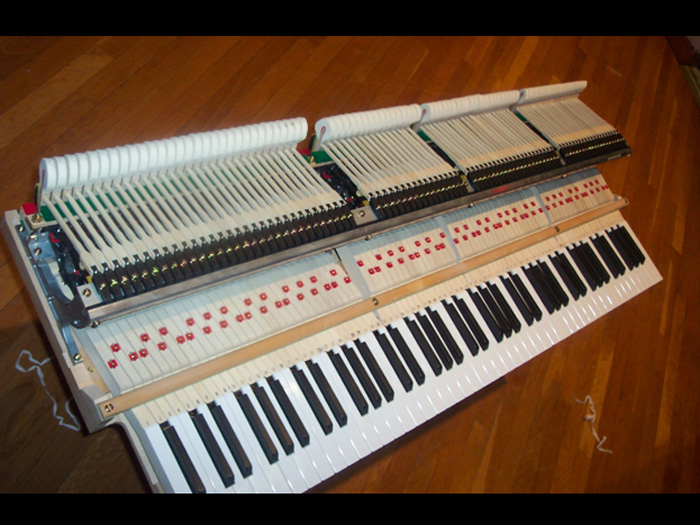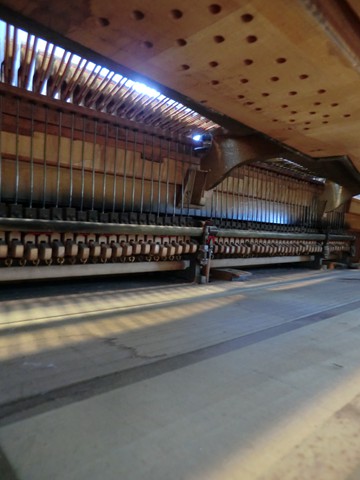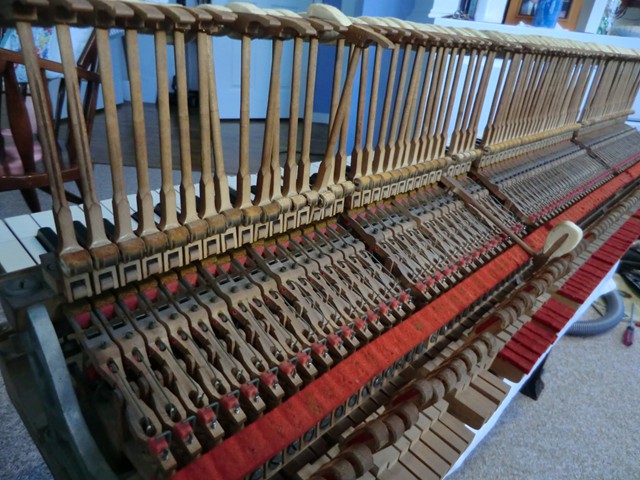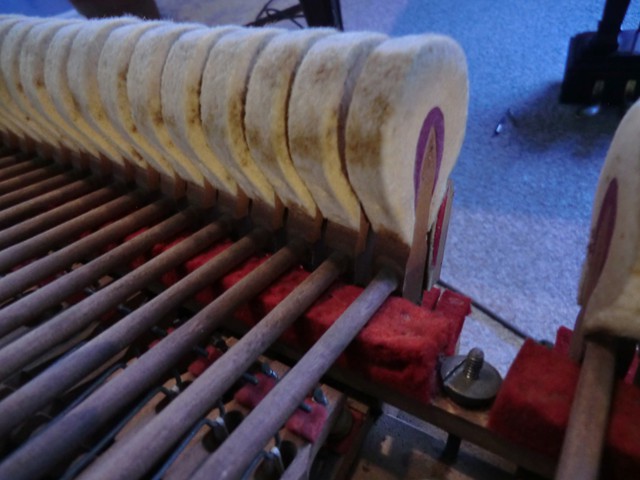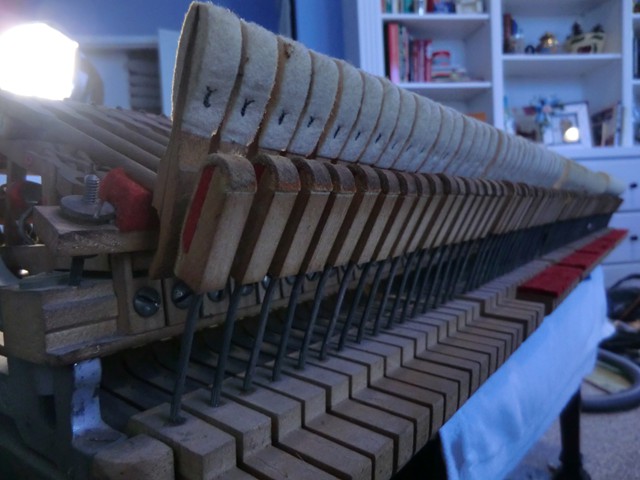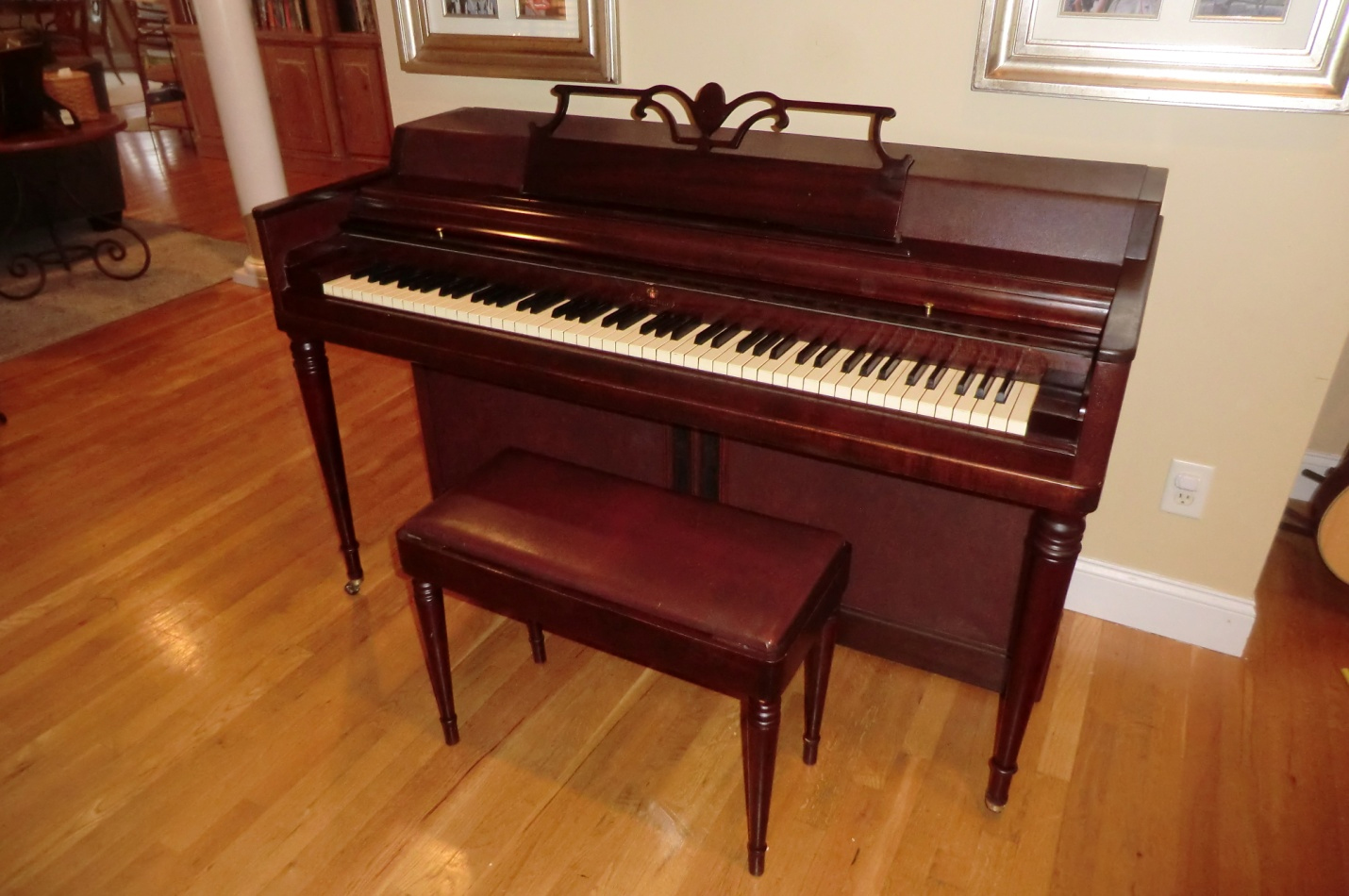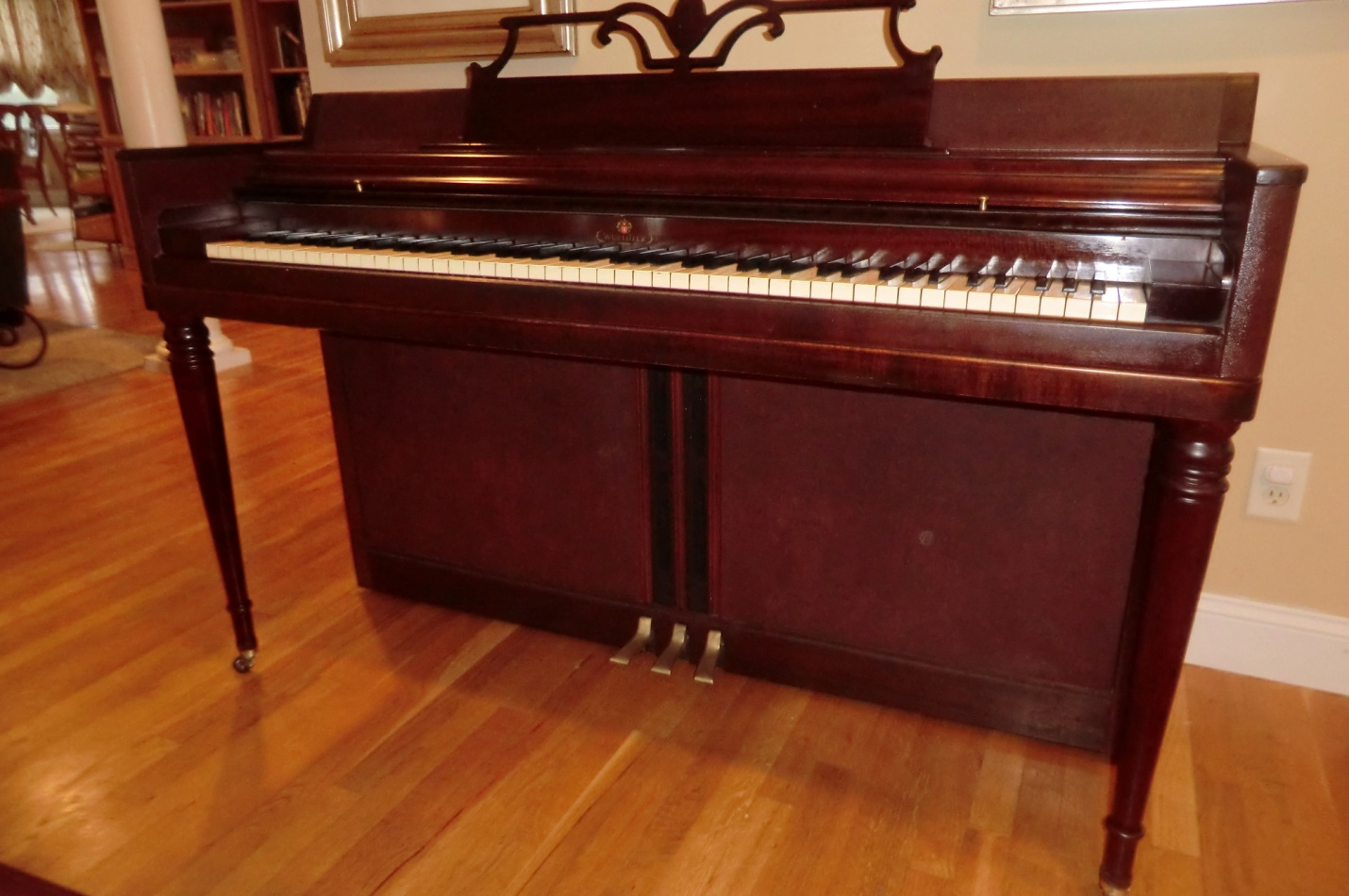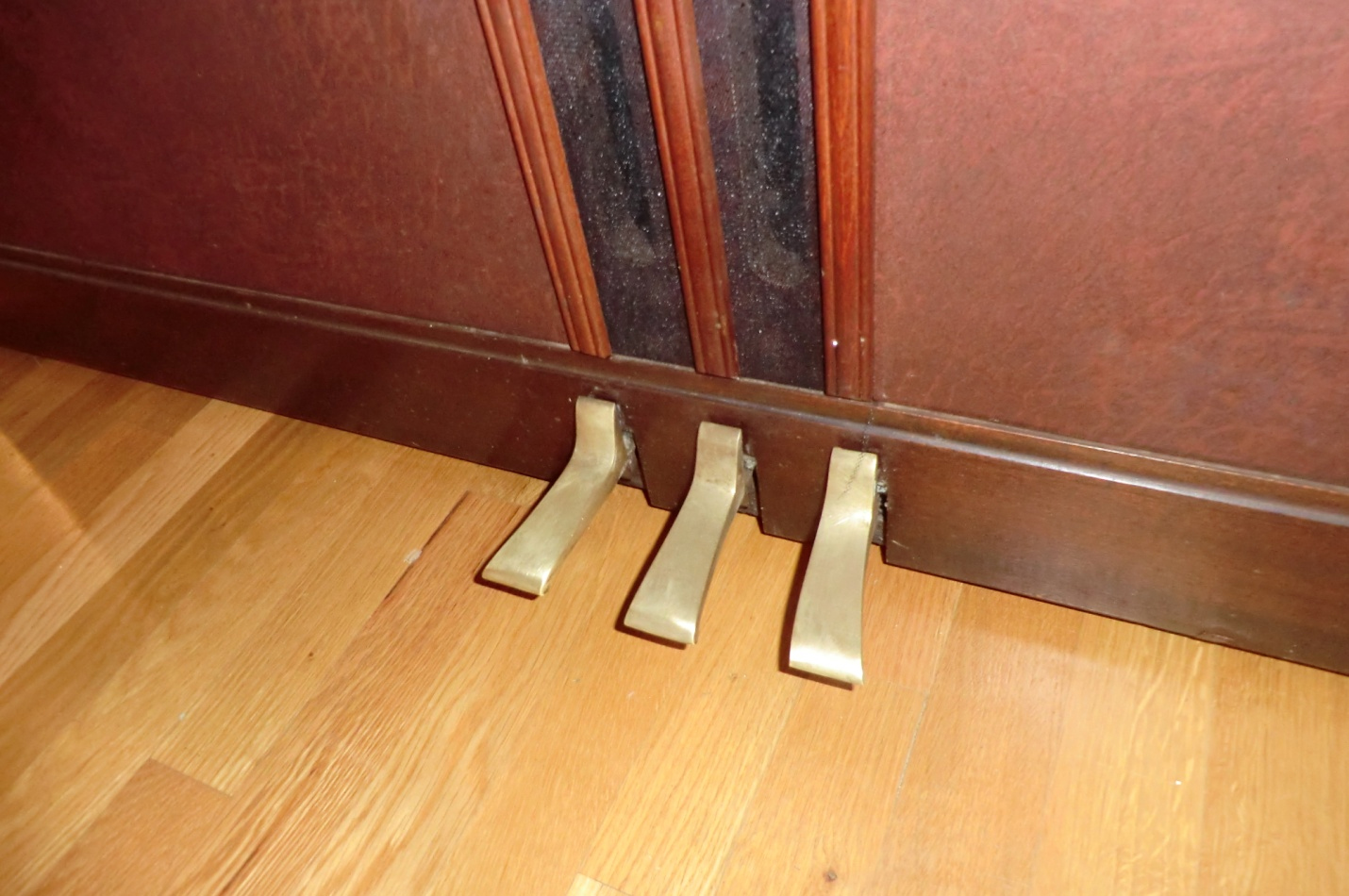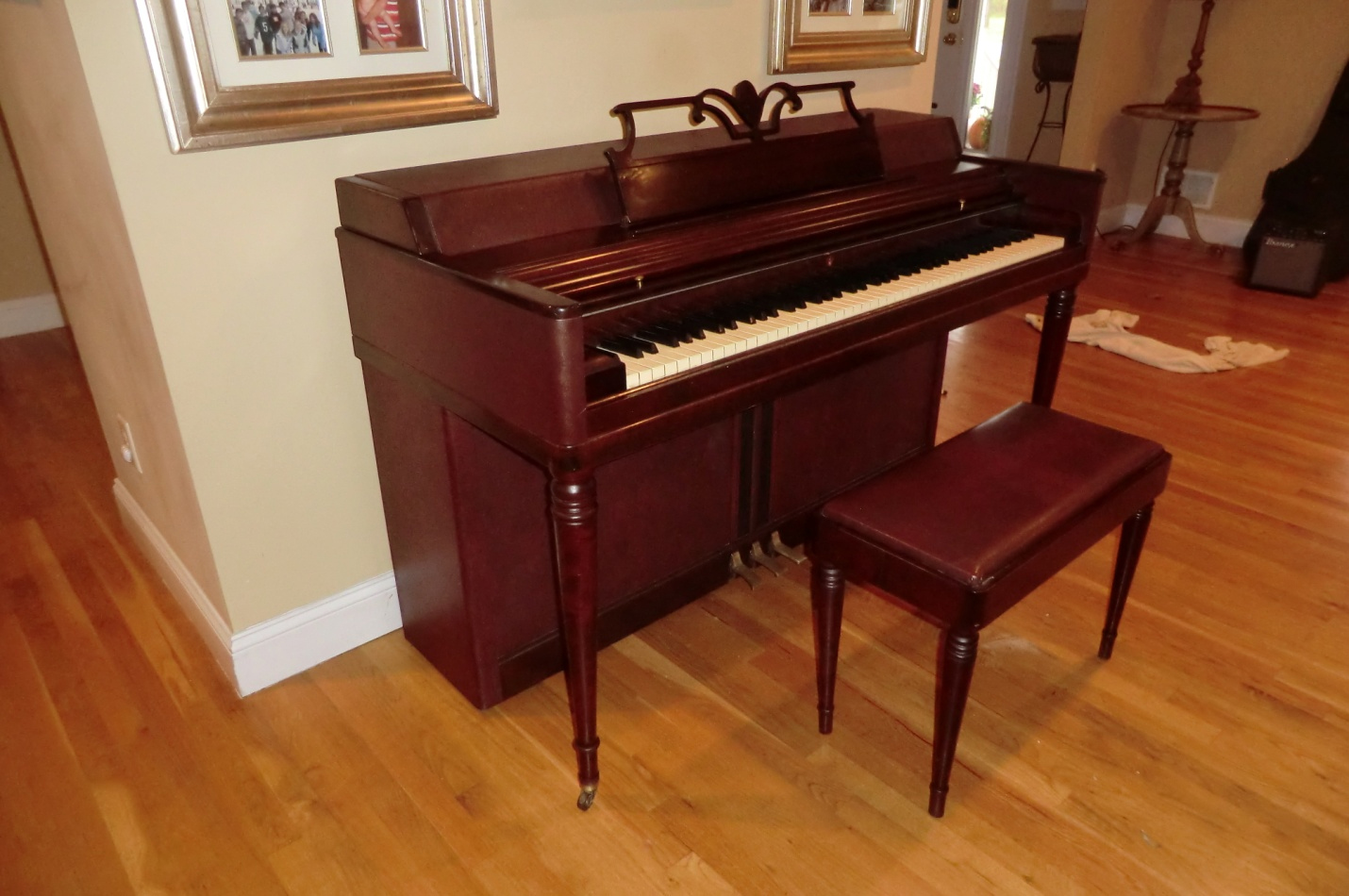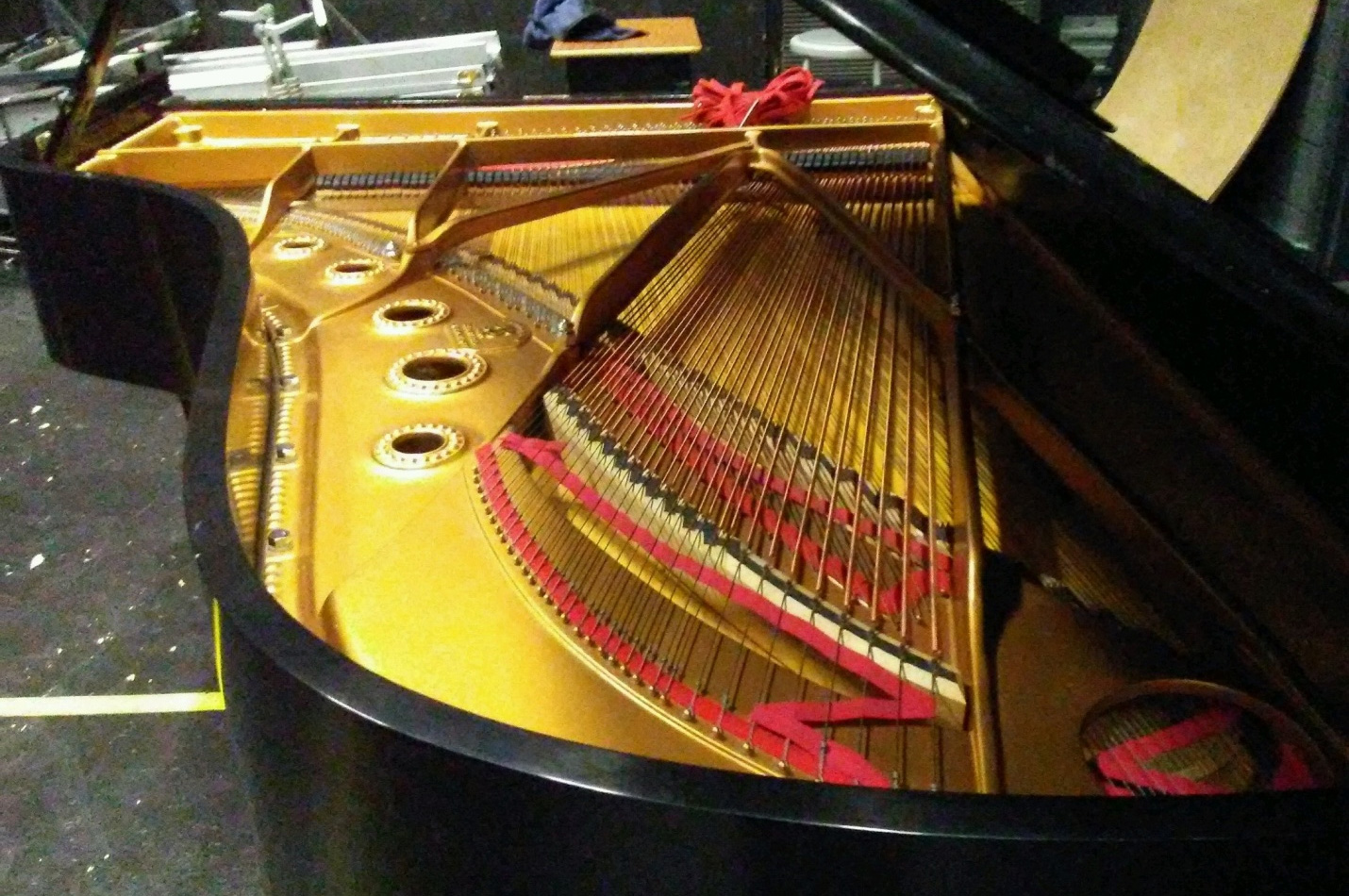
Repairs
General Repairs
 As one admires their piano as it sits in the living room, one hardly considers the fact that it is wonderfully built out of literally thousands of separate parts! It is an amazing instrument. Occasionally, it needs to be repaired. A sticking key , or a key that makes the wrong sound, no sound at all or does not stop the sound of a note when you take your finger off the key is usually an indication that a repair is in order.
As one admires their piano as it sits in the living room, one hardly considers the fact that it is wonderfully built out of literally thousands of separate parts! It is an amazing instrument. Occasionally, it needs to be repaired. A sticking key , or a key that makes the wrong sound, no sound at all or does not stop the sound of a note when you take your finger off the key is usually an indication that a repair is in order.
Quite often( about 75% of the time) the malfunction can be traced to a small problem that needs to be addressed: a lose screw, an action ( the name of the assembly of parts that engage to cause the hammer to contact the string when the key is depressed)component that is out of alignment. Frequently debris or a foreign object has found its way inside the piano and needs to be removed. Each piano tuning comes with a free piano maintenance check up and MOST OF THESE SMALL REPAIRS ARE FREE OF CHARGE PROVIDING YOU ARE PLANNING TO HAVE YOUR PIANO TUNED. If you would like these minor problems fixed without having your piano tuned a modest service charge is applied.
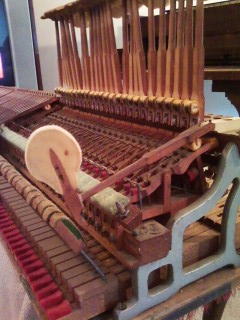 The stuff I have removed from inside a piano that prevents the piano from functioning correctly includes but is not limited to: buttons, keys, coins, pins, paperclips, pens, pencils, crayons and other writing implements, greeting cards, small toys, homework, matches, wax from candelabras, candy, nuts, seeds, party favors and holiday decorations.
The stuff I have removed from inside a piano that prevents the piano from functioning correctly includes but is not limited to: buttons, keys, coins, pins, paperclips, pens, pencils, crayons and other writing implements, greeting cards, small toys, homework, matches, wax from candelabras, candy, nuts, seeds, party favors and holiday decorations.
About 25% of the time the piano requiring a repair needs to be partially disassembled to remove, repair and / or replace broken, worn or damaged parts. Some, but not all common repairs involve fixing broken or chipped keys, broken hammers, broken action or damper components, worn or broken action springs, and felt. Broken strings sometimes need to be repaired, replaced or removed, Occasionally, cracked or broken flanges (wooden hinges that hold action parts together) need to be replaced and or repaired. Loose tuning pins or bridge pins sometimes need correction. Soundboard ribs need to be glued and screwed back to the soundboard. Pedals get noisy: squeaky, creaky, clunky This can be very annoying. These are just a few examples of the types of repairs that involve a reasonably priced labor and parts charge. All repairs are professionally performed the correct way and made to last based on over 20 years experience fixing pianos.
If you think something needs to be repaired on your piano call and we can discuss options on the phone, A free written estimates of repair parts and labor costs will be provided.
Voicing
 Voicing is the name of the procedure that involves changing the tone of you piano so it is more suitable to your personal preference. Pianos with a bright loud tone can be made to sound more mellow, tender, subdued and softer. Pianos with a soft subdued sound can be made to sound brighter, more vibrant, more exciting and powerful.
Voicing is the name of the procedure that involves changing the tone of you piano so it is more suitable to your personal preference. Pianos with a bright loud tone can be made to sound more mellow, tender, subdued and softer. Pianos with a soft subdued sound can be made to sound brighter, more vibrant, more exciting and powerful.
This procedure involves manipulating the texture and resiliency of the hammer felt with various voicing tools and solutions which alters the manner in which the hammer makes contact with the string(s) and rebounds to create the sound and tone one desires.
Often hammers on older pianos become worn and grooved from constantly hitting the strings for many years. These pianos often have a brittle, trebly, loud twanging tone. Voicing the hammers on these pianos restores the beautiful tone that characterized the instrument when it was new. The results are very pleasing and lasting.
Piano Detailing
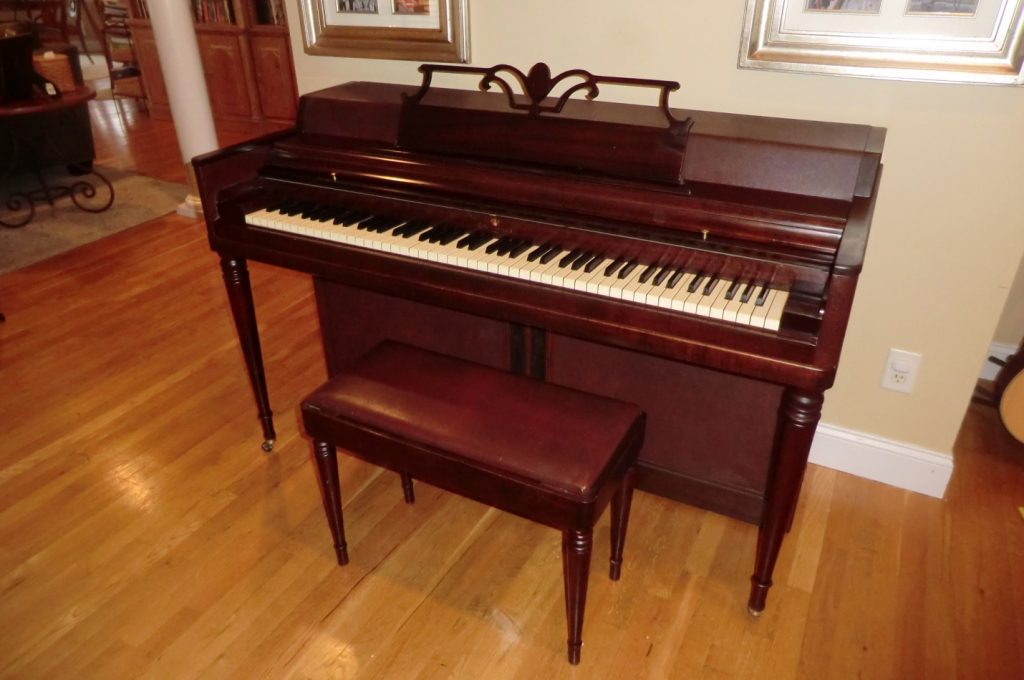 Almost everyone would prefer to haves a piano with a beautiful, like new appearance in their living room, family room, or piano room. Unfortunately, as many pianos age, their finish becomes dull and unexciting, fabric bench covers become threadbare, bench legs become loose and wobbly, and pedals and other hardware begins to take on a green corroded appearance. Sometimes, complete refinishing is the only real solution especially if the finish is water damaged, badly scratched, dented or gouged. In most cases, however it is not the only solution or the best solution.
Almost everyone would prefer to haves a piano with a beautiful, like new appearance in their living room, family room, or piano room. Unfortunately, as many pianos age, their finish becomes dull and unexciting, fabric bench covers become threadbare, bench legs become loose and wobbly, and pedals and other hardware begins to take on a green corroded appearance. Sometimes, complete refinishing is the only real solution especially if the finish is water damaged, badly scratched, dented or gouged. In most cases, however it is not the only solution or the best solution.
Piano detailing is an effective, economical technique that can restore some or almost all of the original beauty of the piano! Lacquer finishers can be touched up and polished. Scratches on dull polyester finishes can be wet sanded and buffed to the original high gloss luster. Brass, gold, silver pedals and embellishments can be polished and buffed. Synthetic leatherette can be cleaned and restored. Ripped bench covers and fabric covered sound vents can be replaced with new fabric that matches the room décor. Broken fallboards and music desks can be repaired. Missing nobs and other hardware can be replaced.
Sometimes the results are simply amazing! The piano in these pictures is a Wurlitzer spinet from the 50's that had been neglected for decades. It responded so well to the detailing efforts I had to take a couple pictures. With some pianos the results are not as striking but, nonetheless, a clearly visible improvement in the appearance will surely be noticed.
Price varies depending on the size of the piano and, the time involved. One of the main ingredients of a successful detailing job is the physical effort required in polishing and buffing. Call now to make an appointment or for more information about piano detailing.
Climate Control
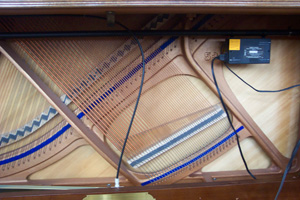 A climate control system installed in your piano will preserve the life of your piano and MAKE YOUR TUNINGS Last longer!
A climate control system installed in your piano will preserve the life of your piano and MAKE YOUR TUNINGS Last longer!
Pianos are manufactured to be kept in an environment with a constant relative humidity of approximately 45% and temperature between 65 and 70 degrees. Quite often in churches, schools, homes and other environments this ideal is not attainable or affordable. A climate control system installed in your piano will minimize the adverse effects of extreme temperature and humidity changes.
Extreme temperature and humidity changes will adversely affect the tuning stability and playability of your piano. Excess humidity will throw your piano out of tune, make the keys sluggish and sticky and will cause rust and corrosion to form on the metal internal components of your piano: strings, pins, springs, plate, etc.
Excessive heat and extremely low humidity can also throw your piano out of tune and cause wooden components such as keys, hammers, action parts, key bed, soundboard and bridge to warp, crack, split and or break apart as the wood shrinks because of reduced moisture content of the wood in a hot dry room.
A climate control system installed in your piano will prolong the life of your piano, preserve the value of your piano, increase tuning stability and make your piano more enjoyable to play.
Climate control systems are highly recommended for pianos in homes in areas that experience extreme changes in weather and humidity (such as the Jersey Shore) and also for pianos that are in the same room as a fireplace that is frequently used.
We use Dampp Chaser's Piano Life Saver System
Call for free brochure or if you have questions
609-242-3931
Moving your Piano
I frequently receive inquiries about moving pianos. My Advice? Get a professional piano mover. They do this type of work all the time, they are insured, and they are efficient. They know what they are doing as they move a delicate instrument that can weigh several hundred pounds into, out of or within your house.
Call me for a referral if you would like one.
Need something you didn't see?
Call us and we will gladly help you find what you are looking for.



